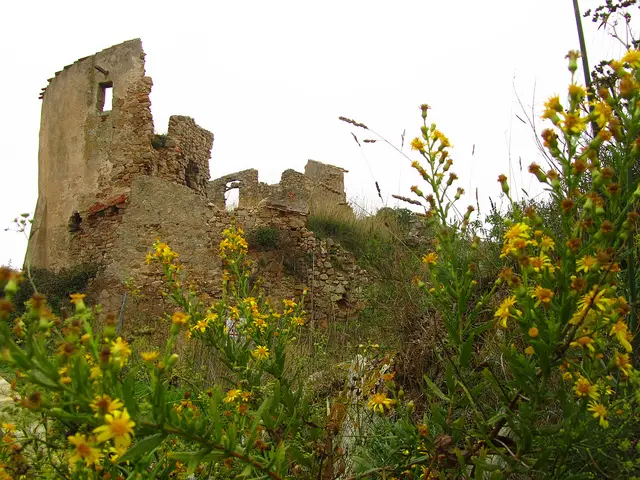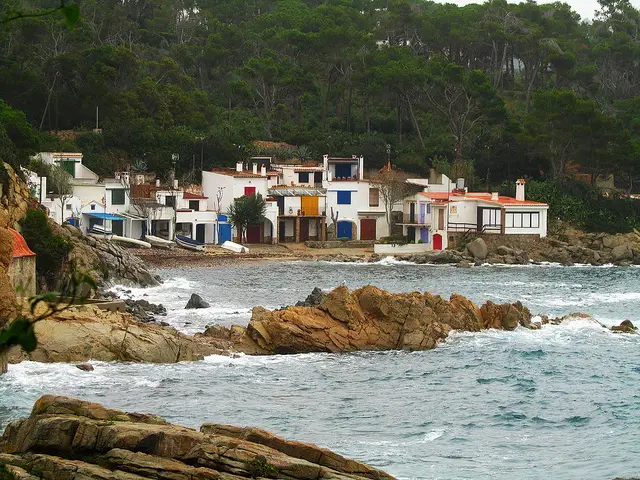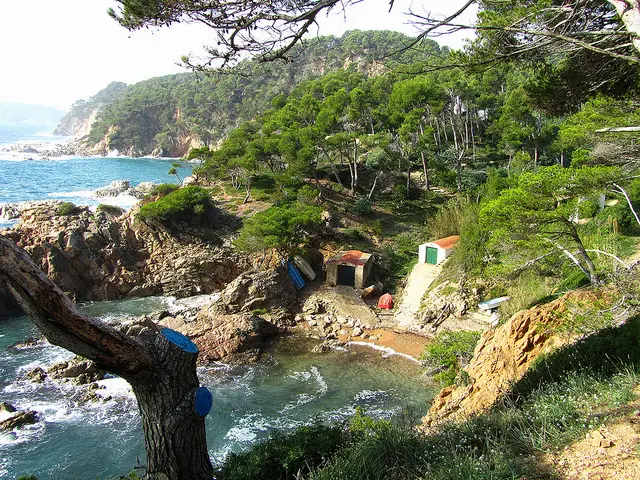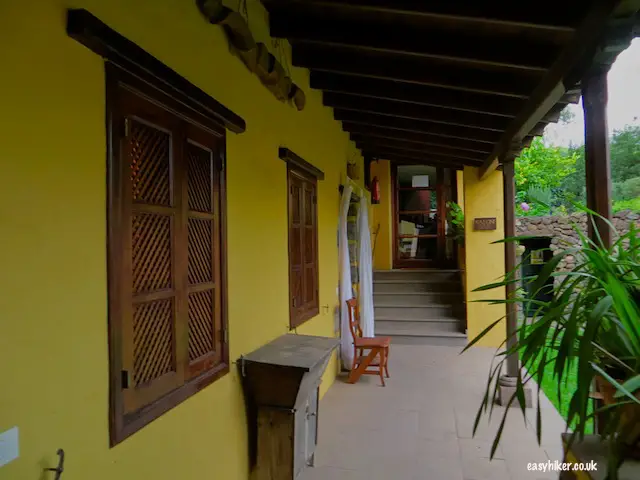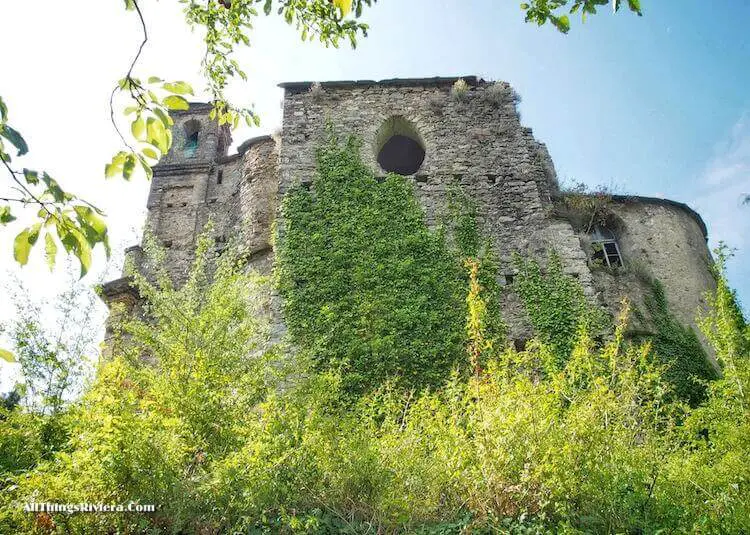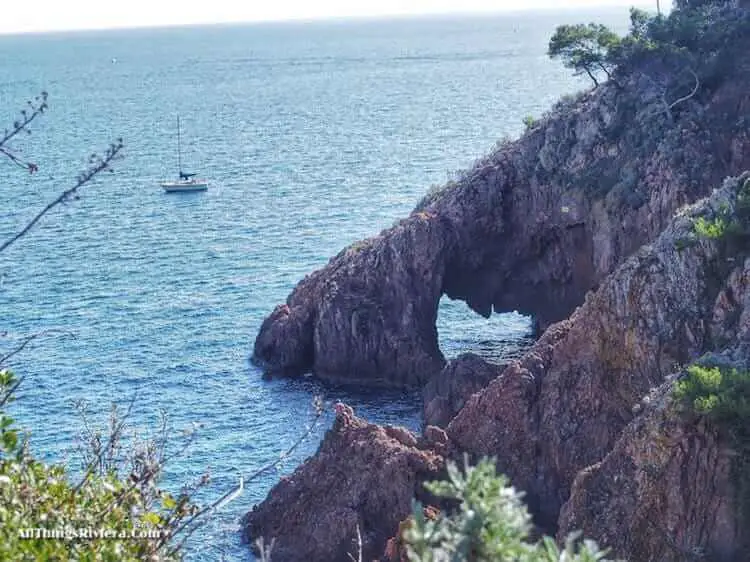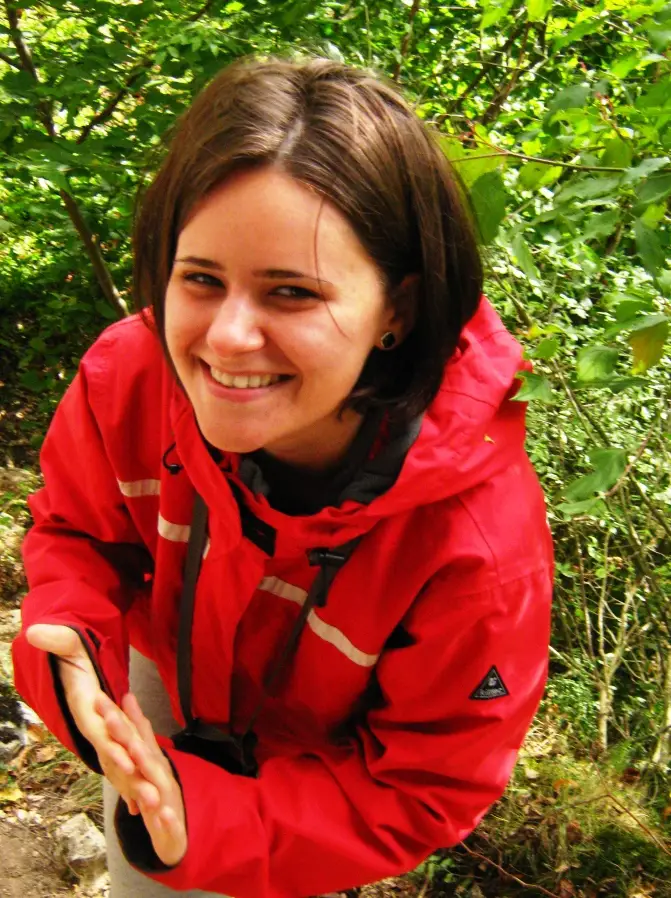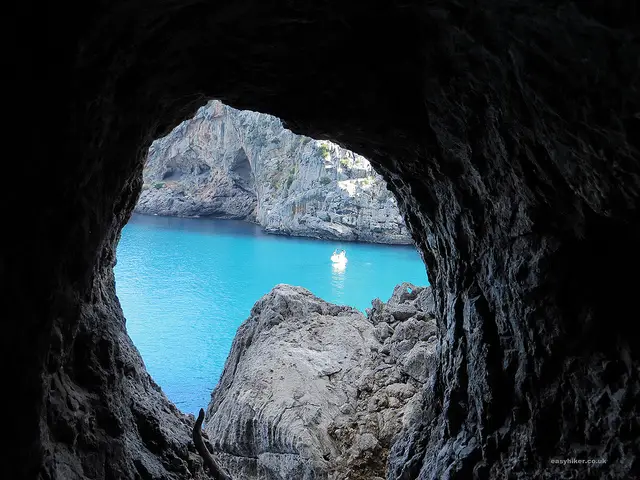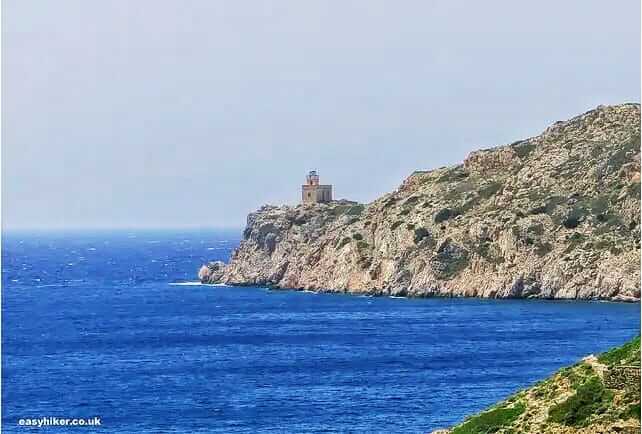This is the real Costa Brava
Forget everything you have always thought you knew about the Costa Brava: the holiday factories, the hordes of Viking tourists, the overcrowded beaches….
Sure, the Costa Brava has all of that, but certainly not on the stretch between Palamos and Palafrugell – an area that will remind you, in fact, of what attracted the international tourism industry to this part of the Iberian Peninsula in the first place.
This part of the Cami de Ronda, the Catalonian coastal path, is every bit as good as the best of the Mediterranean, the Riviera for example, if not better.
Better, for one, because they let you continue your hike all the way down the Cami without forcing you to make a detour as they so often do in southern France. It will allow you to see and experience the real Costa Brava.
True, we had to take a detour at one stage, but this was due to the unseasonably agitated sea which was splashing all over that particular section of the Cami – or, more to the point, due to our reluctance of getting our feet wet and wade through the sea “Tropic Thunder” style, holding our rucksacks and shoes above our heads.
Better also because the Cami is excellently marked throughout. All you need to do is just follow the Cami de Ronda signs rather than the red-and-white markings of the “Grand Randonnees” when in doubt. (The trails split at an enormous beach app. 1 hour behind La Fosca.)
We started our hike at the beach resort of La Fosca. From the beach, turn left towards the castle ruin on top of the hill – which, in fact, looks far more dramatic from a distance. From up close, it resembles a dilapidated barn. (The only, slight, disappointment of the trip.)
Next, you will reach the fishing village of S’Alguer …
.. and the 2,000 year-old Iberian settlement of Punta del Castell, an archaeological site surrounded by some of the most dramatic seaside cliffs that you will find anywhere on the trail.
Many local beauty spots along the trail are marked with signboards that carry photographs of the same places made in the 1930s.
While the rocks and the cliffs and the trees on those pictures look very much like they do today, there are also, sometimes, people on the photos: shriveled, sun-burnt little figures in strange garb – reminding you that sometime, not too long ago: somewhere near the edge of living memory, this area would have been a totally, totally different place.
After roughly three hours, you will arrive at Palafrugell Beach. Walking into the village centre, through an extended neighbourhood of spanking new and well-kept residential buildings, was one of the strangest experiences I have had in a long time, like something from a science fiction movie, The Day After The World Fell To Bits.
There was, quite literally, not a soul on the streets, and nearly all windows were firmly shuttered. Everybody appeared to have been kidnapped by Martians. (I would like to think that it was the bad weather forecast that had kept all the people away from their holiday homes, but I can’t guarantee that it doesn’t look like that every day out of the high season.)
Finally, a few words of practical advice
You could do this section of the Cami de Ronda as a day trip while staying in Barcelona. Take the bus from Barcelona Coach Station (Metro: Arc de Triomf) that goes to Palafrugell and get off at Palamos, a 2-hour journey (cost: app. € 16 per person).
Take a taxi to La Fosca beach (there is a taxi stand right opposite Palamos bus station) which will set you back another 10 Euros or so.
When you do this in summer, start early, otherwise it will be too hot and there will be too many people (as we were told). When you do this out of the main season, please note that you will arrive at Palafrugell Beach, not Palafrugell Town (from where you can catch a bus back to Palamos – or directly to Barcelona, in fact).
Buses between the two town districts circulate rather frequently from June to August (every 45 minutes), but for the remaining nine months of the year only once every 3 hours (with the last service at 6:15 p.m.), and there is no obvious way of getting a cab.
You could walk to Palafrugell Town, but judging from the route our bus took, this will take you app. 1 hour, and you will have to walk on the shoulder of a busy highway. Not the perfect way to round off an otherwise great day of hiking.
Enjoy more of these picture pretty hikes we did in the real Costa Brava.

